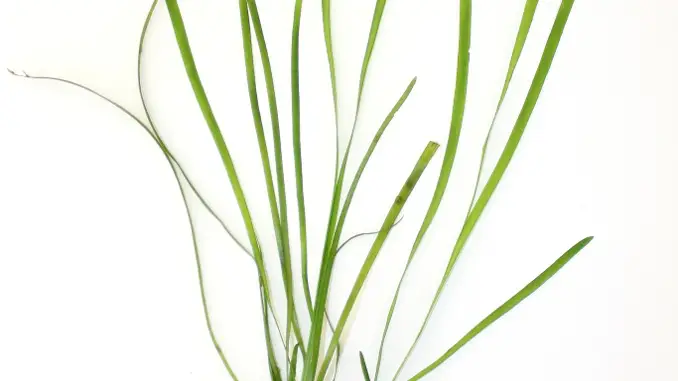
The Vallisneria spiralis, or straight Vallisneria, is a freshwater species used as a background plant in aquariums. Straight Vallisneria are non-floating substrate-rooted aquatic plants that have linear, long leaves with green- or red-hued veins.
Vallisneria spiralis provides shelter for fish and stabilizes water parameters. The plant is easy to grow, but because it has shallow roots, it’s not a good choice for tanks containing fish that burrow in the substrate.
TABLE OF CONTENTS
- Vallisneria Spiralis Facts & Overview
- Appearance & Size
- Benefits of Vallisneria Spiralis in Aquariums
- Compatible Tank Mates
- Vallisneria Spiralis Conditions & Requirements
- Tank Placement & Aquascaping
- Introducing Vallisneria Spiralis in the Aquarium
- Care & Growing Guide
- Should You Get a Vallisneria Spiralis for Your Aquarium?
Vallisneria Spiralis Facts & Overview
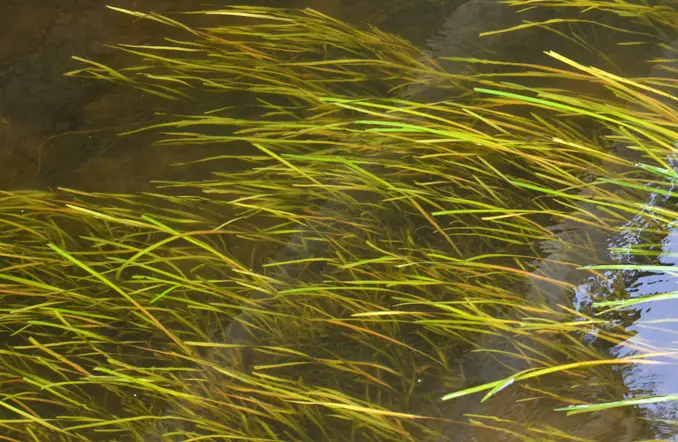
| Scientific name: | Vallisneria spiralis |
| Common names | V. spiralis, straight Vallisneria, eelweed, eelgrass, tape grass |
| Origin: | Southwest Asia, Egypt, Sudan, Italy, Hungary, and the Congo |
| Height: | 17–70 inches |
| Growth rate: | Moderate to fast |
| Color: | Bright green |
| Aquarium placement: | Background |
| Water type: | Freshwater |
| Temperature: | 59–86°F (15–30°C) |
| pH: | 6.0–9.0 |
Origin
The Vallisneria spiralis originated in tropical and subtropical regions in India, Iraq, Hungary, Italy, Southwest Asia, Sudan, the Congo, and Egypt. Tall Vallisneria has since been introduced to other parts of the world, such as Iceland and New Zealand, where it’s considered an invasive plant.
The plant commonly grows in ponds and lakes in thick vegetation, around 1 meter deep underwater. The straight Vallisneria’s tall, densely-growing leaves make the plant ideal for creating a jungle-like setup in a home aquarium.
Availability
V. spiralis is a widely available plant that’s easy to find in local pet stores and online, including on marketplaces like Amazon. The typical cost of straight Vallisneria is $8–$20, depending on the size of the plant.
Some of the online stores that sell V. spiralis are:
Appearance & Size
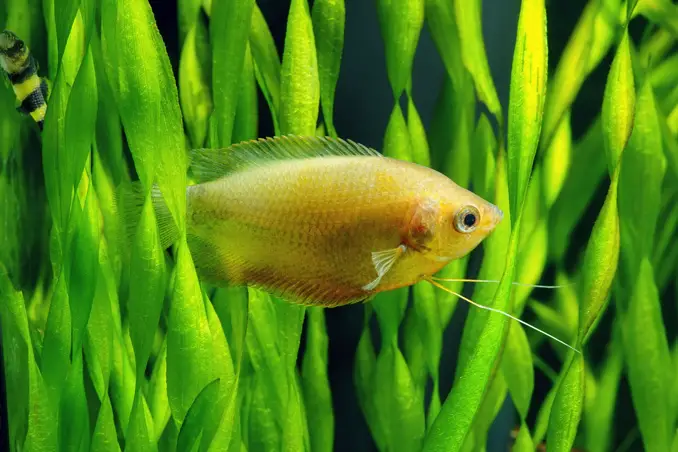
The Vallisneria spiralis is a bright green plant with long, narrow leaves and three to five parallel green or reddish veins. The leaves have curved edges and grow in clusters from the roots, forming tall, underwater meadows. The roots are shallow but well-developed and are suitable for growing in gravel or sand.
Full-grown straight Vallisneria reaches up to 70 inches, and the plant has a moderate to fast growth rate. V. spiralis sold for community aquariums usually grows to around 20 inches tall.
V. spiralis is a dioecious plant, meaning that some plants have only female flowers, and others have only male flowers. There are different types of Vallisneria that look similar to straight Vallisneria, including:
- Vallisneria torta: A small, neat plant with leaves that twist as they grow
- Vallisneria nana: The narrowest Vallisneria species that grows slowly
- The similar Vallisneria spiralis red: A red-tinged variation of the V. spiralis
Benefits of Vallisneria Spiralis in Aquariums
Vallisneria spiralis oxygenates the tank and stabilizes water parameters by absorbing ammonia and carbon dioxide that fish produce. The plant provides cover for fish, reducing tank stress and decreasing the likelihood of fighting between tank mates. V. spiralis is a good plant for tanks with snails, which crawl on the leaves, removing algae from their surface.
Compatible Tank Mates
Vallisneria spiralis is suitable to grow in tanks containing nearly any tropical freshwater fish, including plant-eating fish, due to the plant’s unpalatable flavor. Straight Vallisneria is ideal for breeding tanks with fish that lay eggs on leaves and offers a hiding place for small or nervous fish.
Some of the fish and non-fish species that pair well with V. spiralis are:
Avoid growing V. spiralis in tanks with bottom-dwelling fish that dig in the substrate, like corydoras, loaches, and eels, because they’re likely to damage the roots of the plant. Don’t plant V. spiralis in tanks with aggressive fish like cichlids, oscars, and silver dollars, because they’re likely to tear out the plant’s leaves.
Straight Vallisneria is a hardy, versatile plant that can grow alongside all other freshwater plants, as long as you avoid overcrowding.
Vallisneria Spiralis Conditions & Requirements
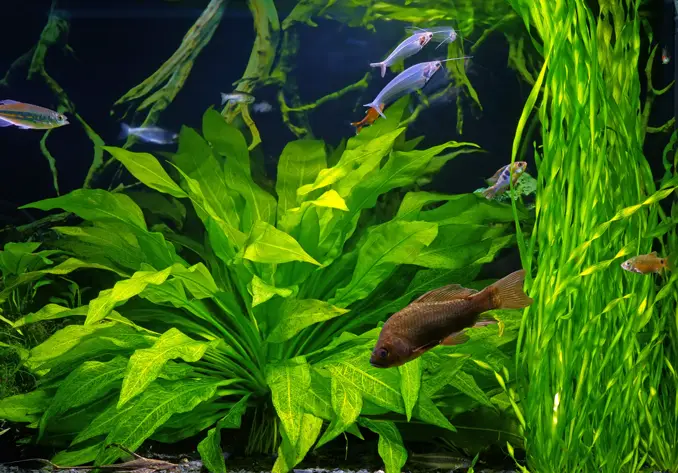
Caring for Vallisneria spiralis is easy, and the plant species is one of the most beginner-friendly aquarium plants available.
In the wild, V. spiralis is accustomed to slow-moving freshwater lakes and ponds, with good access to sunlight. When grown in the aquarium, straight Vallisneria prefers a spacious tank with bright lighting, sandy substrates, and relatively warm water.
Tank Requirements
The natural habitat of the V. spiralis is still or slow-flowing waters, such as lakes, rivers, wetlands, and watercourses. Straight Vallisneria prefers good lighting, a nutrient-rich substrate, and tropical or subtropical waters.
The plant is hardy and tolerates a range of water parameters. As long as the water temperature is between 59 and 86°F, and the pH is relatively neutral, the plant will survive with no special substrates or fertilizers needed.
Different subspecies of straight Vallisneria have different sizes, and some plants need more space than others. Generally, Vallisneria spiralis needs a tank size of at least 10 gallons to comfortably grow.
It’s normal for straight Vallisneria to grow slowly for the first two months after putting it in the tank. Once the plant has adapted to its new environment, it’ll grow quickly and healthily.
If the plant grows too big for its space in the tank, split it at the roots and carefully remove a section.
Tank Conditions
Ideal tank conditions for the V. spiralis are:
| Water type: | Slightly acidic to slightly alkaline freshwater |
| Tank size: | Minimum 10 gallons |
| Water temperature: | 59–86°F (15–30°C) |
| Substrate: | Sandy substrate |
| Tank placement: | Background |
| Acidity: | 6.0–9.0 pH |
| Water hardness: | 5–15 dGH |
| Water heater: | Not essential |
| Light type & strength: | Moderate to high aquarium lighting |
| Hours of light: | Around 12 hours |
V. spiralis rarely dies, even in fluctuating tank conditions, but the plant is more likely to thrive in aquariums with good lighting, access to carbon dioxide, and consistent water parameters.
Tank Placement & Aquascaping
Vallisneria spiralis is best suited as a background aquarium plant because it grows from the bottom to the top of the tank, so if you plant it further forward, you’d lose the view of the fish.
For the best appearance, plant V. spiralis plants in a line along the back of the tank, evenly spaced out from one another. Straight Vallisneria grows quickly, so leave several inches of space between each plant.
Introducing Vallisneria Spiralis in the Aquarium
Ideally, you should quarantine the Vallisneria spiralis before introducing it to your tank to avoid contamination. To quarantine the plant:
- Immerse the V. spiralis in a bucket of water. Add a water conditioner plant product to the bucket, following the instructions on the bottle
- Leave the plant in the bucket for five days, changing the water and adding more water conditioner daily
- Once the five days are up, remove the plant from the bucket and wash it with clean tap water
- Plant the V. spiralis in the substrate in your tank
V. spiralis needs a sandy substrate. The plant roots into the substrate, with the leaves growing above. To plant straight Vallisneria, use tweezers to anchor the plant into the substrate, making sure the roots are well-covered. Or, push the plant into the substrate and twist to easily root the plant.
Care & Growing Guide
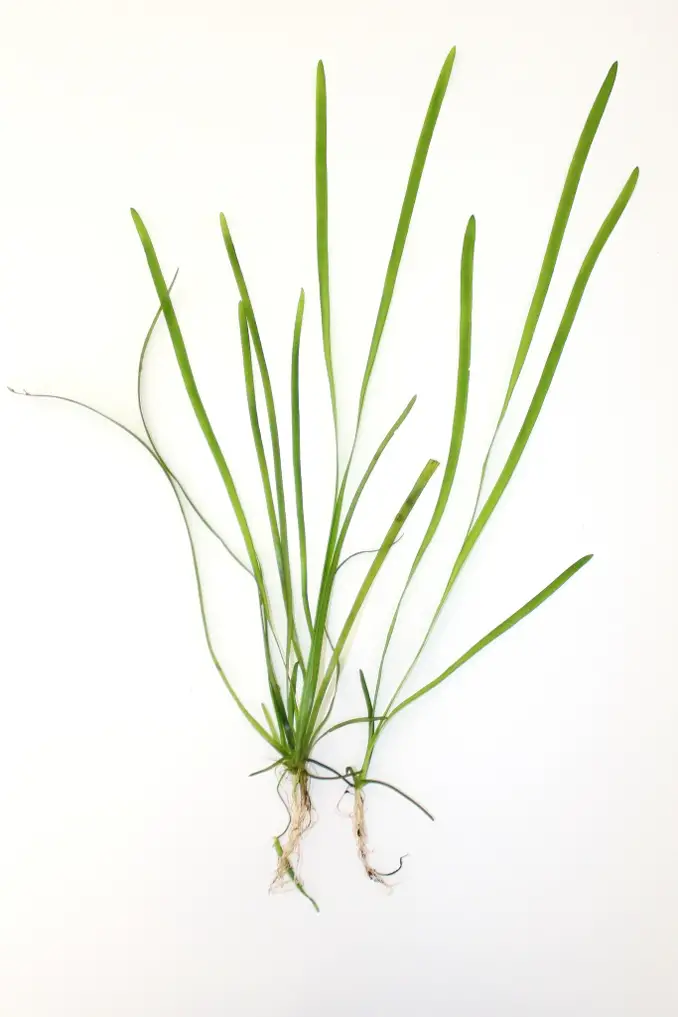
Growing Vallisneria spiralis is easy. It is a hardy plant that can be grown in most types of sandy substrate, doesn’t require special nutrients or fertilizers, and grows in most water conditions. Because fish don’t eat straight Vallisneria, you don’t need to worry about protecting the plant from its tank mates.
Nutrition
Straight Vallisneria can survive with little or no CO2, although plants that have access to CO2 are healthier and grow faster. As long as you have a rich substrate, fertilizer and supplements aren’t necessary for this plant, but iron plant supplements can support healthy growth.
Maintenance
V.allisneria spiralis is a fast-growing plant that needs to be occasionally trimmed to prevent overgrowth. Use trimming scissors to prune the top layer of overgrown leaves, preventing them from forming a layer of foliage on the surface of the water that blocks light from entering the tank. If your V. spiralis begins to grow too wide for the space it’s in, section off the plant at the roots and remove or replant the split sections.
V. spiralis is unlikely to be affected by diseases unless the water conditions are poor or the plant has been incorrectly introduced to the tank. Some of the diseases and problems that can affect this plant are:
Chlorosis
When straight Vallisneria receives poor lighting and too little iron, it is prone to chlorosis, which causes yellowing leaves, wilting, and leaf fall. Treat chlorosis by adding iron supplements to the water and investing in bright tank lighting.
Rot
When the crown of the plant (where the stem meets the roots) sits too deep under the substrate, root rot is likely to occur. Stunted growth, discolored leaves, and wilting are all signs of rot. Check that the plant isn’t buried too deeply in the sand. Only the roots should anchor into the substrate.
Melting
A melting plant loses some or all of its leaves. Normally, plants melt when they are introduced to a new environment. Fluctuations in carbon dioxide levels and water parameters also cause melting, so ensure tank conditions are stable if your established plant is losing leaves. When the plant has adapted to its new conditions, it should recover and begin to send out runners.
Propagation
You don’t need to propagate (grow new plants from) V. spiralis because the plant will propagate itself. As the plant grows, it develops runners which can be clipped off and planted elsewhere. In the wild, V. spiralis also produces flowers and seeds for reproduction, but this usually doesn’t happen in the tank.
Should You Get a Vallisneria Spiralis for Your Aquarium?
The Vallisneria spiralis is a beginner-friendly, easy-to-grow freshwater plant that creates a lush, jungle-like environment in a matter of weeks.
You should get a straight Vallisneria if you’re looking for a hardy plant that doesn’t require much upkeep, and that fish don’t like to eat.
Don’t get a V. spiralis if your tank contains aggressive or bottom-dwelling fish that dig up the substrate because these fish are likely to damage the plant.
Straight Vallisneria is ideal for creating jungle aquascaping, providing shelter for fish, removing excess nutrients from the water, and serving as a foraging ground for the tank’s inhabitants.

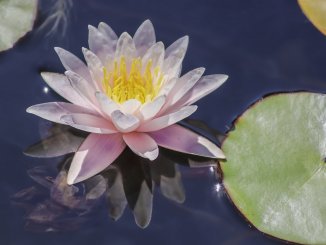
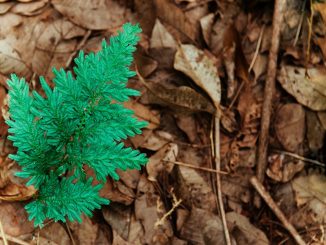
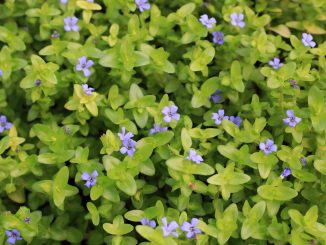
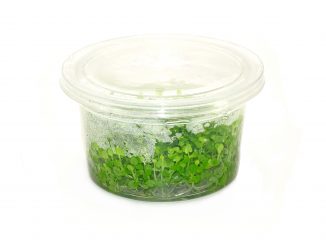
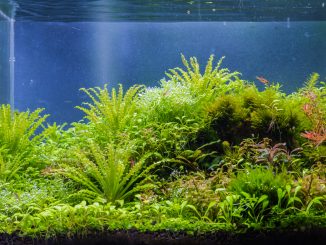
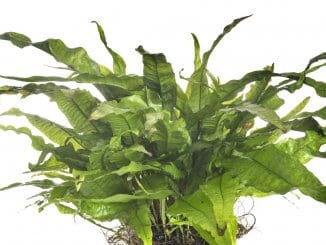
Be the first to comment